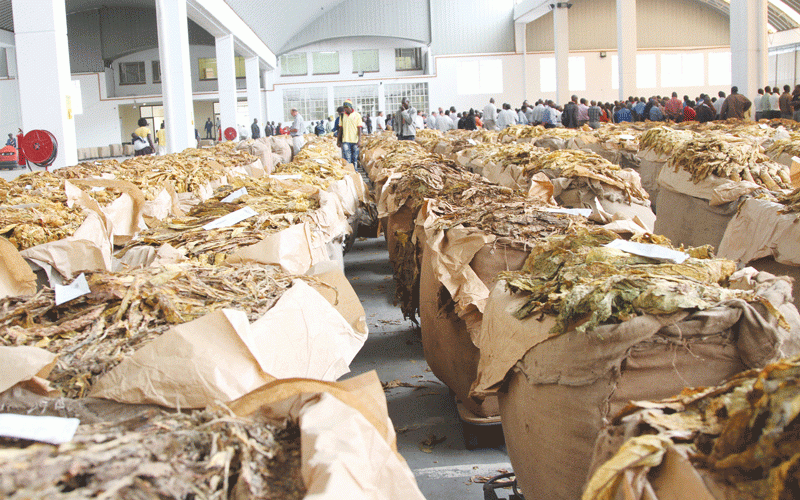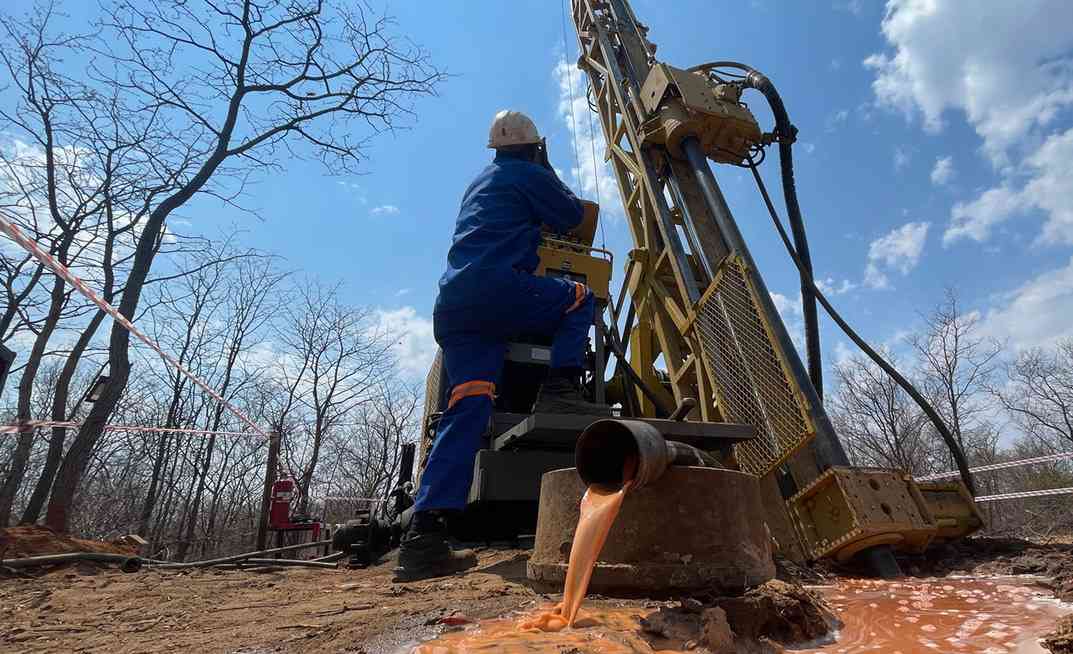
THE Tobacco Industry Marketing Board (TIMB) has embarked on the promotion of sustainable production in line with the tobacco value chain that feeds into the food system transformation strategy.
Tobacco production contributes significantly to gross domestic product and is the major export product in the agricultural sector. However, it has hugely contributed to deforestation, carbon emissions and contamination of water bodies.
TIMB has embarked on various initiatives in acknowledgement of the negative impact tobacco production is having on the environment.
Speaking at the TIMB annual general meeting held last week, acting chief executive officer Emmanuel Matsvaire said the company held awareness compaigns in a lot of regions towards sustainability in terms of the environment and labour.
Research shows that tobacco curing is contributing 16% to deforestation annually and the board is now on an accelerated drive in promoting sustainability.
“Internally, using our own capacity, we have partnered Sustainable Afforestation Association (SAA) to ensure there is enough forest for use in curing tobacco. We are also looking into making sure that even coal is affordable to our farmers. Our farmers are very sustainable and we are in the right direction in terms of sustainability efforts," Matsvaire said.
In support of tobacco farming sustainability, TIMB has set aside US$15 000 that is going into afforestation, according to group chaiperson Patric Devenish.
"TIMB has set aside money, then we also got the Sustainable Afforestation Association which is a tobacco trait initiative and then we have got the afforestation levy which is deducted from us which goes to the Forestry Commission of Zimbabwe but we would like to see that control within the industry," Devenish stated.
- Govt opens ChiTown e-passport centre
- Border Timbers targets European markets
- NGO brings cheer to diarrhoea-hit Byo suburbs
- Garakara walks through his music journey
Keep Reading
According to a TIMB sustainability report, the company embarked on a tree-planting initiative in partnership with SAA to establish fast growing tree species plantations whose use will be for curing tobacco, restoration of ecosystems as well as carbon sequestration.
"In this project, TIMB provides funding while SAA provides technical support and farmers provide land and human capital needed to implement the project. The project targets to establish 150 hectares of plantations annually in one of the four main tobacco growing regions namely Manicaland and the three Mashonaland provinces," stated TIMB in its latest sustainability report.
According to the TIMB report, the Lands, Agriculture, Water, Fisheries and Rural Resettlement ministry launched the Tobacco Value Chain Transformation Strategy to promote sustainability in tobacco production. This paved way for the formation of the sustainability working group.
"Our shareholder is the Ministry of Lands, Agriculture, Water, Fisheries and Rural Resettlement that has the ability to set aside land which might not be suitable for cropping but suitable for afforestation. So, we want to be much more classily involved in that because one thing I can tell you is that sustainability is the biggest issue," Devenish said.
The report stated that the working group is chaired by TIMB.
"The government has also initiated a concept of afforestation where funds for afforestation are now available to the Forestry Commission," Matsvaire stated.
These efforts by TIMB are aimed at increasing Zimbabwe tobacco output using minimum resources in an environmentally-friendly manner.
"There is no doubt that we're losing large shades of indigenous forests but all these are initiatives designed to try and reduce and then ultimately eliminate the cutting of indigenous forests," Devenish said.






